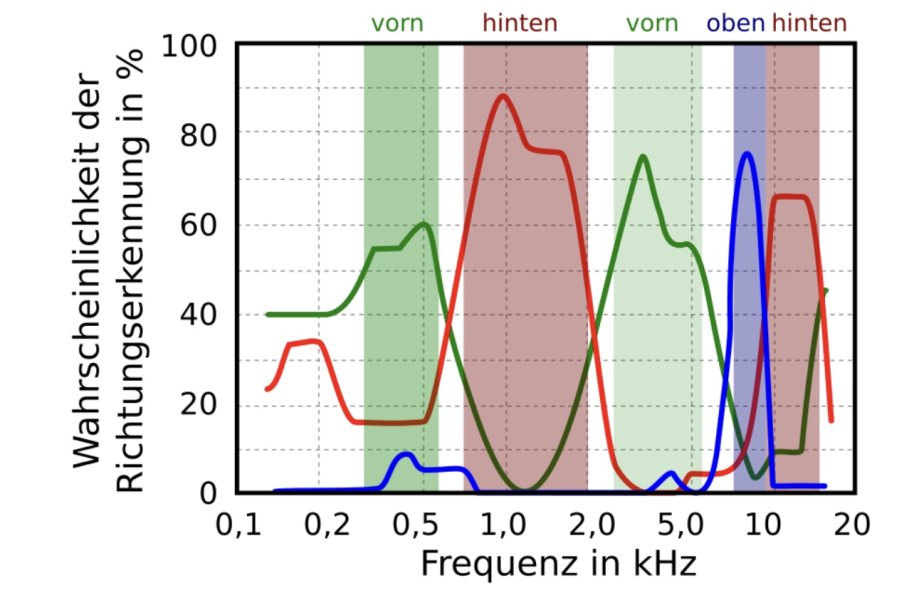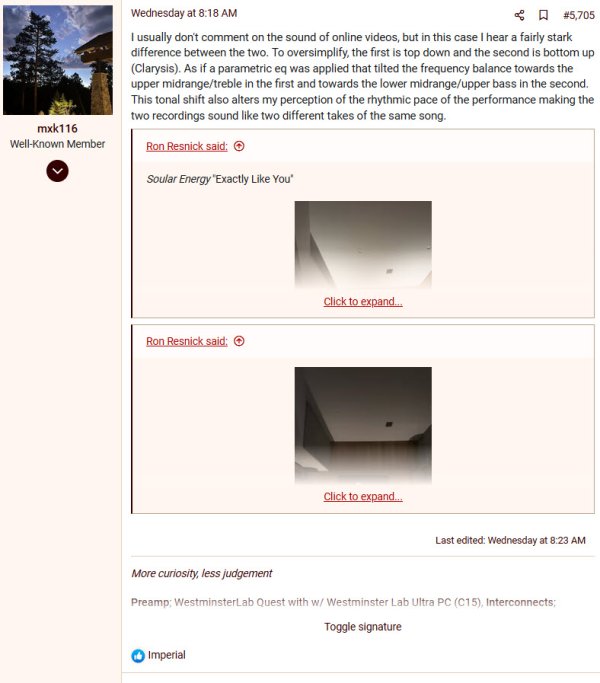Ron -- Good thread topic.
I think it is intersting that American audiophiles seem to be obsessed with tone or tonal balance while British audiophiles are obsessed with PRAT. Both are essential to music.
Agree
As is indicated in the name PRAT, timing is essential. Actually, I think timing should be listed first in the acronym but TRAP just doesn't sound that great. One thing for sure, you can't have rhythm and pace without timing.
How do you get PRAT? Simple, time align the speakers and the room and lower the system noise floor. Notice I said simple and not easy.
Totally agree.
Assuming that there is PRAT, and that it is something with timing or rise time, or decay time, then I am perplexed as to how people talk about using cables and soft suspensions, or transformer coupled amps with a low damping factor, as if it is anything other than describing the danger fleas and ticks on an attack dog.
Both the box “order” and crossover “order” can store a lot of energy.
When those are hit with some impulse, it takes longer for that energy to decay away.
In a planar speaker we can attribute that to light mass, but it is also a 1st order “enclosure”. A big driver in an open baffle is also a 1st order “enclosure”.
I suppose that one can try to loosen the grip on the driver in a lower order box.
(I am discounting whether that is the right thing to do or not.)
But it is diffuse to increase the grip on a driver, when the box and XO are high order. In that case we are gripping onto the XO and the box has largely evaded our grasp.
In any case if PRAT may not something that is trying to describe transcient and impulse response, so I could be wrong.
@sbnx mentioned “time aligned”, and the close cousin to time is phase, and group delay is related to phase.
Most of the attributes of time and phase are more “easily” seen in lower order boxes and lower order XOs.
This might be the most ridiculous generalisation I have read on the forum.
…
However it seems true.
Most Americans rate speakers on amplitude smoothness of the frequency response.








